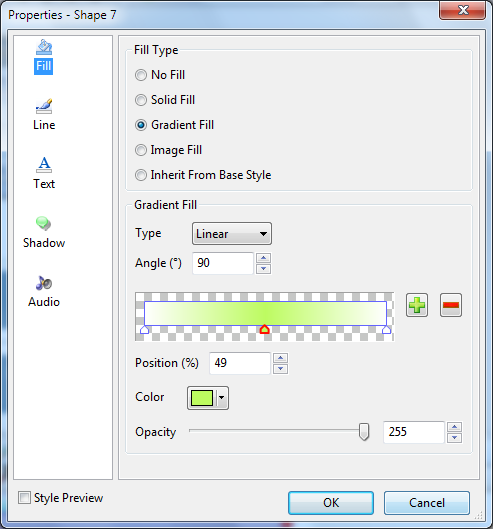

E-learning materials can be created in many ways, the whole can be done with the available tools, import a traditional PowerPoint presentation and add interactive elements to it or use an advanced screen capture tool, the use of which is necessary when creating materials containing software simulations. Among the above-mentioned forms of teaching materials, interactive presentations are the most effective form, as they require the student to be actively involved in the course, and not only passively watching. Content created with ActivePresenter can take the form of movies, documents, or interactive presentations. If anyone has any suggestions on improving this process, please let me know.ActivePresenter software by Atomi Systems allows you to create e-learning materials in a simple way. PowerPoint doesn't seem to export the video captions to the final output video, and I'm unclear whether the VTT timings line up with the original or the trimmed video's timings.
#ACTIVEPRESENTER ZOOM N PAN MANUAL#
It's a fairly labor-intensive and kludgey editing process, with lots of manual timings that have to line up to make it look good.There's a noticeable "duck" in the audio during the morph transitions.When you output the video, the morph transitions generate a pretty smooth effect.Since everything originates from the same original screen recording video, PowerPoint only stores the screen recording video once, which keeps the file size relatively small.The animation timeline for each slide is pretty manageable.Because each slide is a distinct "keyframe" in the animation, you don't end up with a bunch of motion path lines and overlapping highlight shapes. The static slides in PowerPoint look nice and clean for non-video printing or sharing.The morph transition identifies the videos across multiple slides as related objects and pans/zooms smoothly between them.Each stage in the overall animation is a separate slide in PowerPoint, so editing is very focused and changes to one slide don't screw up anything down stream.Remove all bookmarks and highlight shapes from slide 3.Īside: I also experimented with adding VTT captions to each slide, which is a ridiculously meticulous process that desperately needs to be improved.Īnyway, here's what I noticed and liked about this approach:.Duplicate slide 2, including the video.Add an entrance animation to the rectangle and trigger it using the bookmark.Insert and format a rectangle shape to use as the highlight box.


Add a morph transition to slide 2 and adjust the timing to 1 second.Resize and reposition slide 2's video as needed.Trim the video on slide 2 to start exactly at the end of slide 1's video and end at the next transition.Duplicate slide 1, including the video.Find the point where you want the first zoom transition to occur and trim the video to end at that spot.Record the screen to capture the entire sequence on slide 1.Note: I've attached the original PPTX to this post to make it easier to see what I'm talking about. Here's the technique I use to achieve it:


 0 kommentar(er)
0 kommentar(er)
